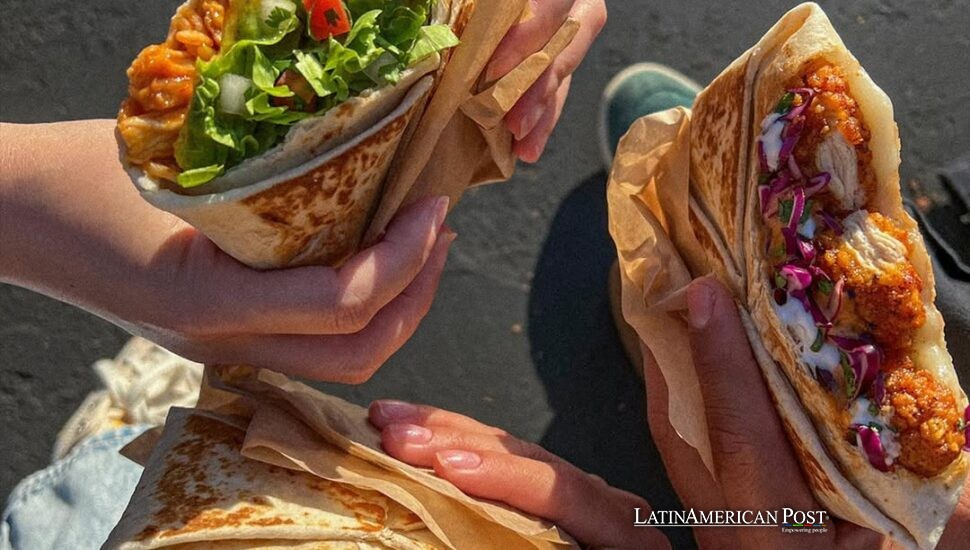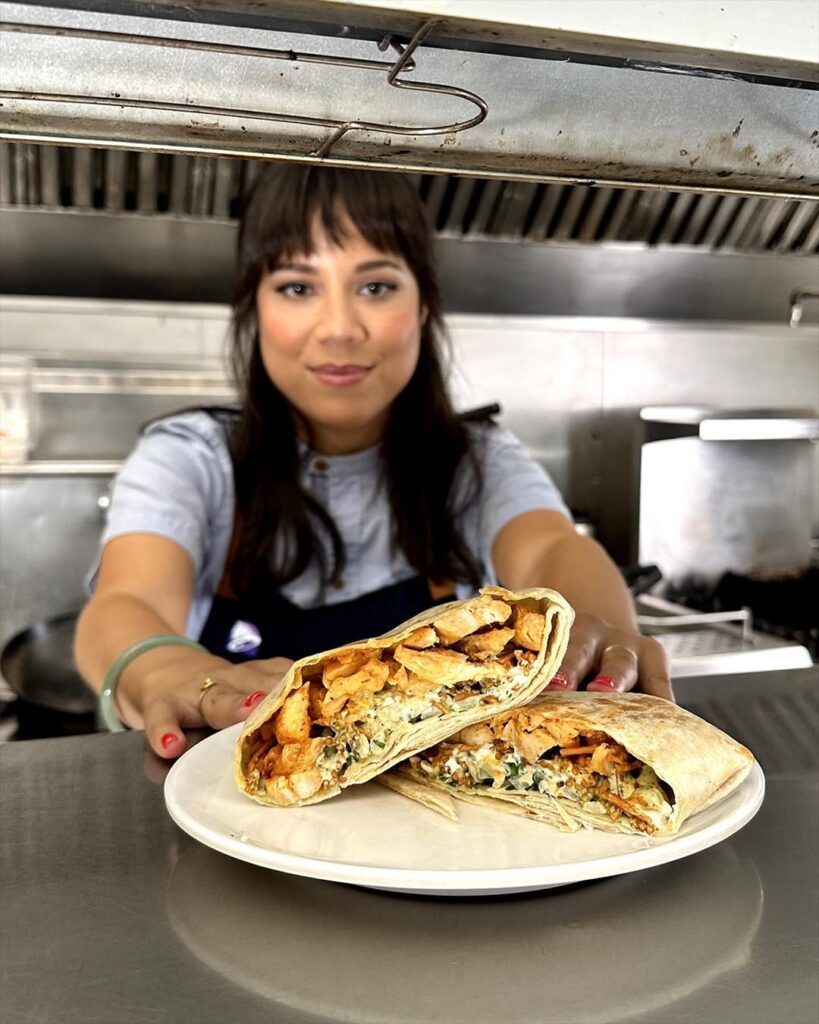Mexican-Inspired Churn Keeps Taco Bell Winning While Rivals Stall Hard

While competitors warn of belt-tightening and fading traffic, Taco Bell keeps pulling fans through the drive-thru with the rhythm of a DJ. The chain’s formula—cheap, limited-time mashups dropped at breakneck pace—turns novelty into loyalty and keeps the cash registers humming.
The DJ booth behind the drive-thru window
In a year when giants from McDonald’s to Wendy’s are bracing for cautious diners, Taco Bell is sprinting the other way—faster and louder. Its formula is deceptively simple: remix familiar parts, keep prices low, and drop new combinations often enough to feel like events.
The cadence is the trick. “Adding products to the menu every four or five weeks helps the chain consistently beat the rest of the category,” Chief Marketing Officer Taylor Montgomery told investors. This year Taco Bell doubled that rhythm, creating what analysts call a “crazy number” of launches. Customers arrive already primed for novelty, walk out believing they’ve caught a limited moment, and then reset the clock for the next drop. In an era defined by attention spans, cadence becomes currency.
Cheap thrills, constant churn, and the science of stoner cuisine
The brand’s 2024 parade included the Cheesy Chicken Crispanada and the Big Cheez-It Crunchwrap Supreme. This year brought Milk Bar Birthday Cake Churros, a Caliente Cantina chicken lineup, and neon-bright Rockstar Refrescas. The names swing between clever and cringey by design—they’re memes you can eat.
“We don’t always hit home runs,” Chief Executive Sean Tresvant admitted, adding that the real work is a blend of art and science. The science lies in menu engineering: crispy chicken, a novelty starch, or a limited-run sauce can morph into a dozen builds across tacos, chalupas, burritos, bowls, and boxes. The art is timing and tone—knowing when to lean indulgent, when to go lighter, when to snipe-drop a $2 item for the midnight crowd or a $7 bundle at lunch.
The economics hit just as hard as the flavors. A Chipotle steak burrito in Colorado Springs costs about $11; a Taco Bell Supreme Luxe Box—five items plus a drink—sits closer to $7. Purists scoff at the “guacamole-adjacent” blend with more than twenty ingredients, but the market’s verdict is unambiguous: value plus novelty beats minimalism most days of the week.
TikTok as test kitchen, scarcity as fuel
A feed that never sleeps needs content that never stops. Taco Bell has turned its limited-time offers into a social media machine. Influencers build Frankenstein orders—grilled cheese burritos with potato add-ons, drowned in salsa verde—and rack up thousands of likes. The brand’s modular menu makes nearly every order feel bespoke.
Scarcity powers the rest. When a drop lasts only weeks, fear of missing out becomes a sales channel. Even flops generate chatter, parodies, and anticipation for the next experiment. And unlike competitors whose “LTOs” are usually just discounts, Taco Bell’s are genuinely new—formats, carriers, textures. Pulling that off requires nimble supply chains and crews trained to learn and unlearn builds every few weeks without slowing down.
That agility is rare. Yum! Brands’ other banners, KFC and Pizza Hut, have reported slumping same-store sales. Wendy’s executives admitted their restaurants couldn’t sustain a similar drumbeat. Taco Bell’s kitchens are engineered for churn—designed to remix, reset, and repeat without breaking pace.

IG@TacoBell
Why rivals can’t clone the vibe
The secret is more than food. It’s voice. Taco Bell’s credo—“Live Más”—reads like both a dare and a wink. Younger diners, raised on feeds, want cheap, low-risk experiments. A $10 ticket to a bag of crunchy, saucy novelties scratches the itch without bruising the wallet.
The brand also occupies a cultural niche no rival can touch. It is the unapologetically “Mexican-inspired” chain, never bound by authenticity. That gives it license to drop fries, neon energy drinks, even a supersized Cheez-It into the menu without fear of heresy. Its category permissions are elastic, and the company has spent a decade testing just how far they stretch.
Crucially, novelty is not an event but a routine. The marketing team behaves like a record label scouting for singles, not a museum mounting exhibits. A hit can graduate to a comeback slot; a miss vanishes, leaving behind a trail of memes and late-night jokes. All the while, the value ladder holds—from $2 quick bites to $12 bundles—keeping Taco Bell accessible across income tiers even as rivals pull back.
Also Read: Bolivia Runoff Shakes Markets as Pro-Business Rivals Vie for Mandate
The larger lesson hides inside the Crunchwrap. In a culture trained by feeds to chase novelty and by inflation to hunt value, the winners are not the most authentic but the most agile: the brands that cycle faster, shout louder, and sell the most fun per dollar. Taco Bell didn’t invent the attention economy. It just figured out how to cook for it.





